A luxury item used to be a staple to the upper class, silk plays a vital role in Vietnamese culture and economy, witnessing ups and downs of the country that was once war torn. There was a time silk was even used as a type of currency in trade activities in Vietnam. During its long years of evolvements, Vietnam is now the sixth largest producer of silk in the world, with an annual output of 420 metric tons. If you’re looking to import silk that the Vietnamese take pride in, our guide on buying wholesale silk from Vietnam is dedicated to helping you make the most out of your purchase.
How is silk produced in Vietnam?
A natural protein fiber that comes from cocoon, the production of 1 kilogram of silk takes around 3,000 silkworms consuming 104 kilograms of mulberry leaves. The number is simply mind-blowing. The key component of silk production is silk worm that is fed with mulberry leaves so as to produce cocoon. To produce the best quality of silk, the best mulberry leaves are meticulously hand picked, and cut into small pieces to feed the silkworms. The next step comes to unraveling silk threads from cocoons. Then, cocoons would be placed in boiling water, after dissolving the glue the silk strands are extracted into a spinning reel, and woven into textile. What finally comes out is a material that is light weight, smooth, breathable and features excellent absorbency, ideal fabric for tropical regions.
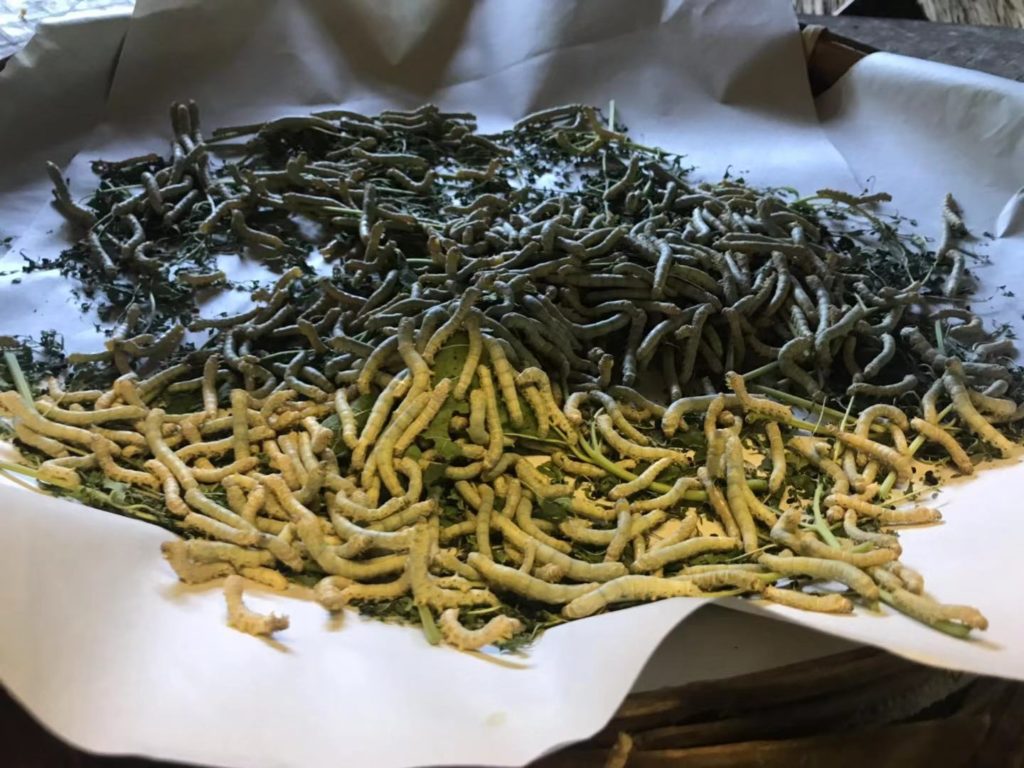
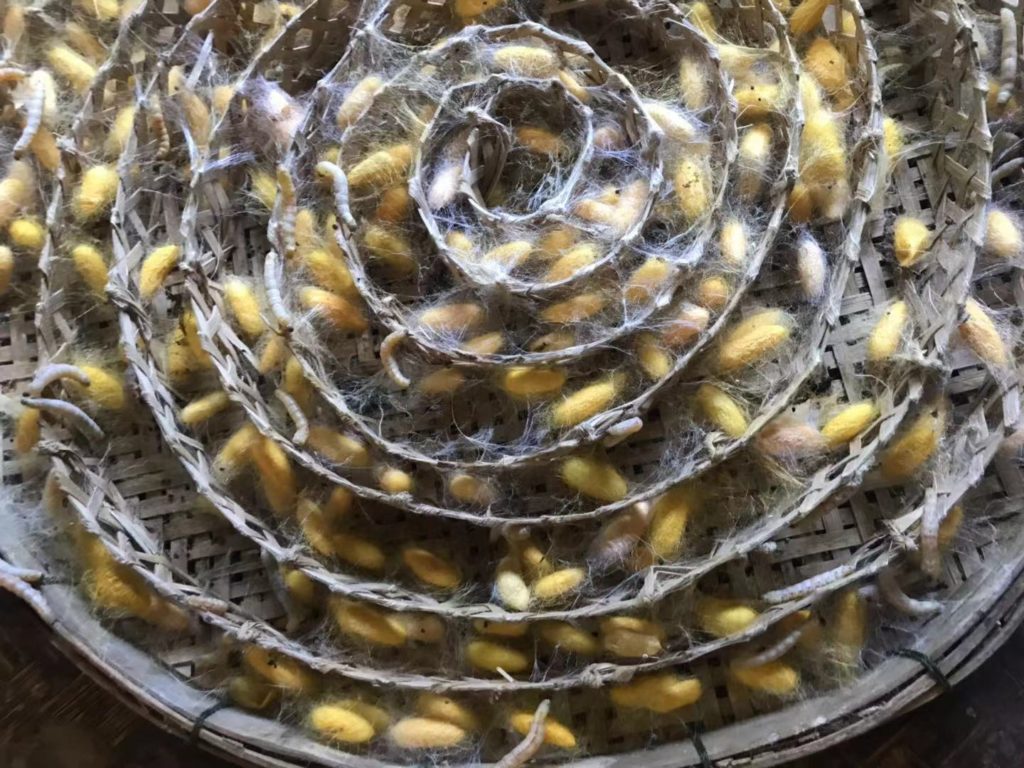
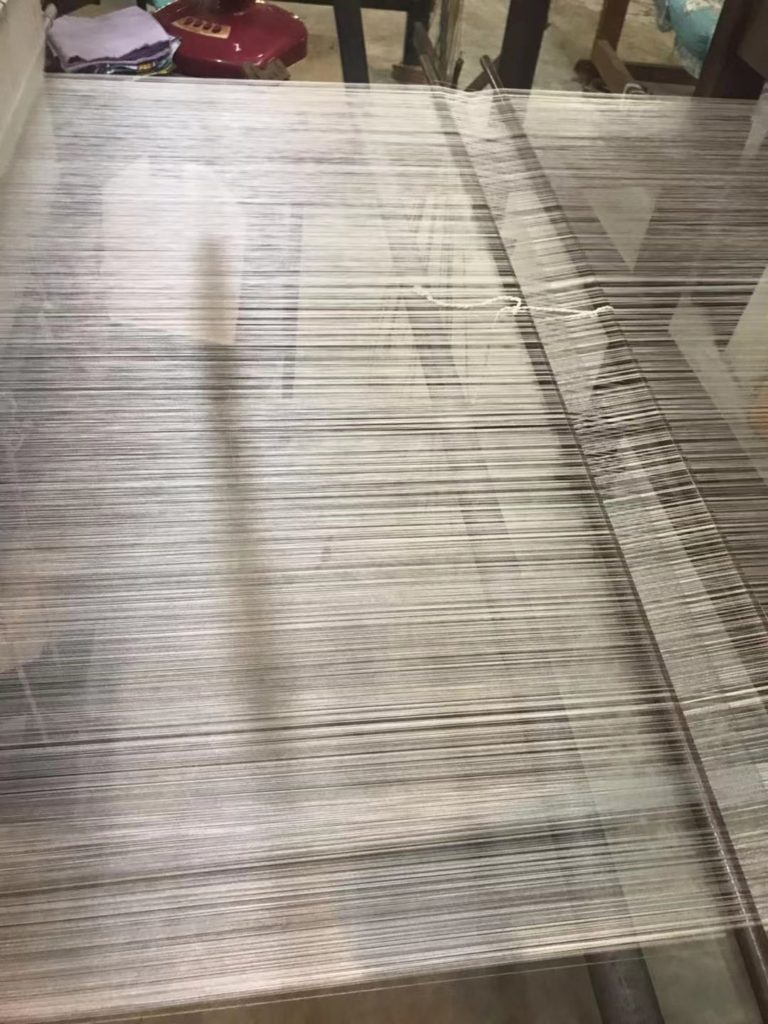
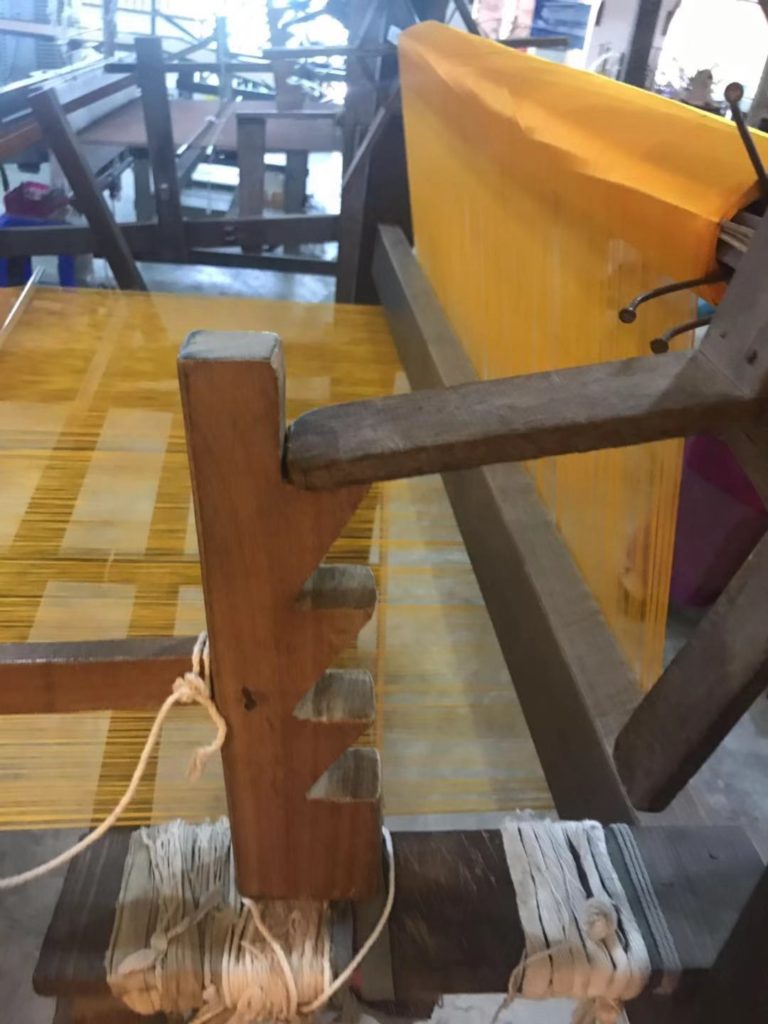
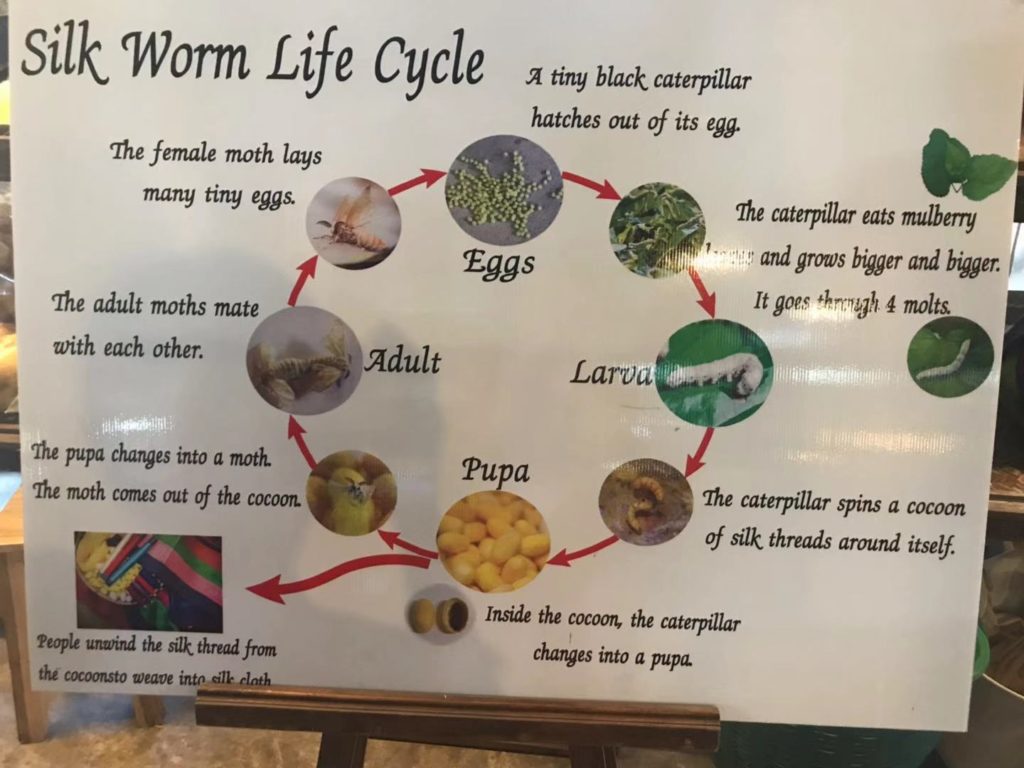
How to tell authentic silk from synthetic counterpart?
With the increasing demand of natural silk, synthetic silk at more affordable prices flushed into the market. Ever wonder how to tell if the silk you’re getting your hands on is genuine or man-made? Here’re a few points to tell real Vietnamese silk from the fake one.
Touch
An effective way is to rub the silk with your hands, if it doesn’t get any wrinkles, it’s real silk, otherwise it’s fake. Authentic silk is lightweight, and smooth on the surface, so it lends a more smoothing touch. Besides, when you rub on real silk, you can feel the warmth, which is impossible to experience on synthetic silk.
Prices
Authentic silk costs at least several or ten times more than synthetic one. Though better quality synthetic silk can also be attached with a high price tag, and appears to be like real especially to an untrained eye, in most cases insanely low price is an indicator of compromising quality.
Patterns
Compared with synthetic silk that is mass produced by machinery, the silk production in Vietnam is woven manually following a limited number of patterns, a few examples are dragons, tung trees, chrysanthemums, apricot flowers, phoenix, simple circles and squares. In addition, hand woven silk features lots of uniqueness, and there might be some minor variations in the evenness of pattern, while synthetic silk produced by machinery seems too perfect to be true.
Sizes
There’re two standard widths of Vietnamese silk: 0.9 m and 1.15 m.
Another powerful way to test whether the silk is real or not is to just set a small piece of silk on fire. 100% natural silk would give out a smell like a hair strand gets burnt, while synthetic silk would emit black smokes, unpleasant smell, shrink and leave a hard plastic bead.
Where to buy silk in Vietnam?
Though modest in size now, silk production bases are dotted along the country. Some of the long established silk production villages that still remain are:
Van Puc (Hanoi)
Nha Xa (Ha Nam)
Nam Cao (Thai Binh)
Ma Chau (Quang Nam)
My A (An Qiang)
However, the main production bases for silk in Vietnam are gathered along two main regions: Ha Dong and Bao Loc. Ha Dong, an urban district in Hanoi, houses many small silk factories and workshops dedicated to silk. While Bao Loc, located in Lam Dong province, is hailed as the capital of silk production in Vietnam, as the city proudly produces 80% of Vietnam’s silk, and it’s home to a great number of large scale silk factories in Vietnam.
We’ve pulled up a list of three top places to buy wholesale silk in Vietnam apart from buying directly from the above silk production bases.
Hanoi
Hang Gai street, also known as silk street in Vietnam, is the prime spot to all your searches for silk. A vast multitude of fashion boutiques and shops line along the 300 meter long street selling all kinds of products made from silk, i.e., the national costume for Vietnamese women Ao Dai, ties, suits, pajamas, scarves and home furnishing. A definite go-to place catering to any budget for silk shopping, Hang Gai Street has never fallen short of choices in silk products. You might even find similar silk products in different stores at various prices. It’s always recommended to look out for authenticity if the price is too good to be true.
Hoi An
A former part of the legendary maritime silk road, Hoi An is a haven for silk enthusiasts as the city houses a massive array of silk shops, where you’ll find the finest silk on sale in Vietnam. Whether you’re looking for silk with beautiful prints, or silk products for special occasions, the endless range of materials and colors available would spoil you for choice. Besides, the greatest perk about buying silk from Hoi An is you can easily find a tailor shop to create your dream silk outfit with over 400 tailor shops dotted along the tailor’s mecca.
In addition, a visit to Hoi An silk village with over 300 years of history in silk production, you’ll learn more about how the beautiful fabric is brought into life.
Ho Chi Minh
If Hanoi and Hoi An are not in your Vietnam itinerary, you can also find a multitude of silk sellers in Saigon. Though in Ben Thanh market there’s a glittering array of silk for sale, chances are that you might end up buying synthetic ones at exorbitant prices targeted at tourists. It’s suggested to visit Tan Binh or Tan Dinh markets in Chinatown (Cho Lon).
Read more about Fabric Wholesale Markets in Vietnam